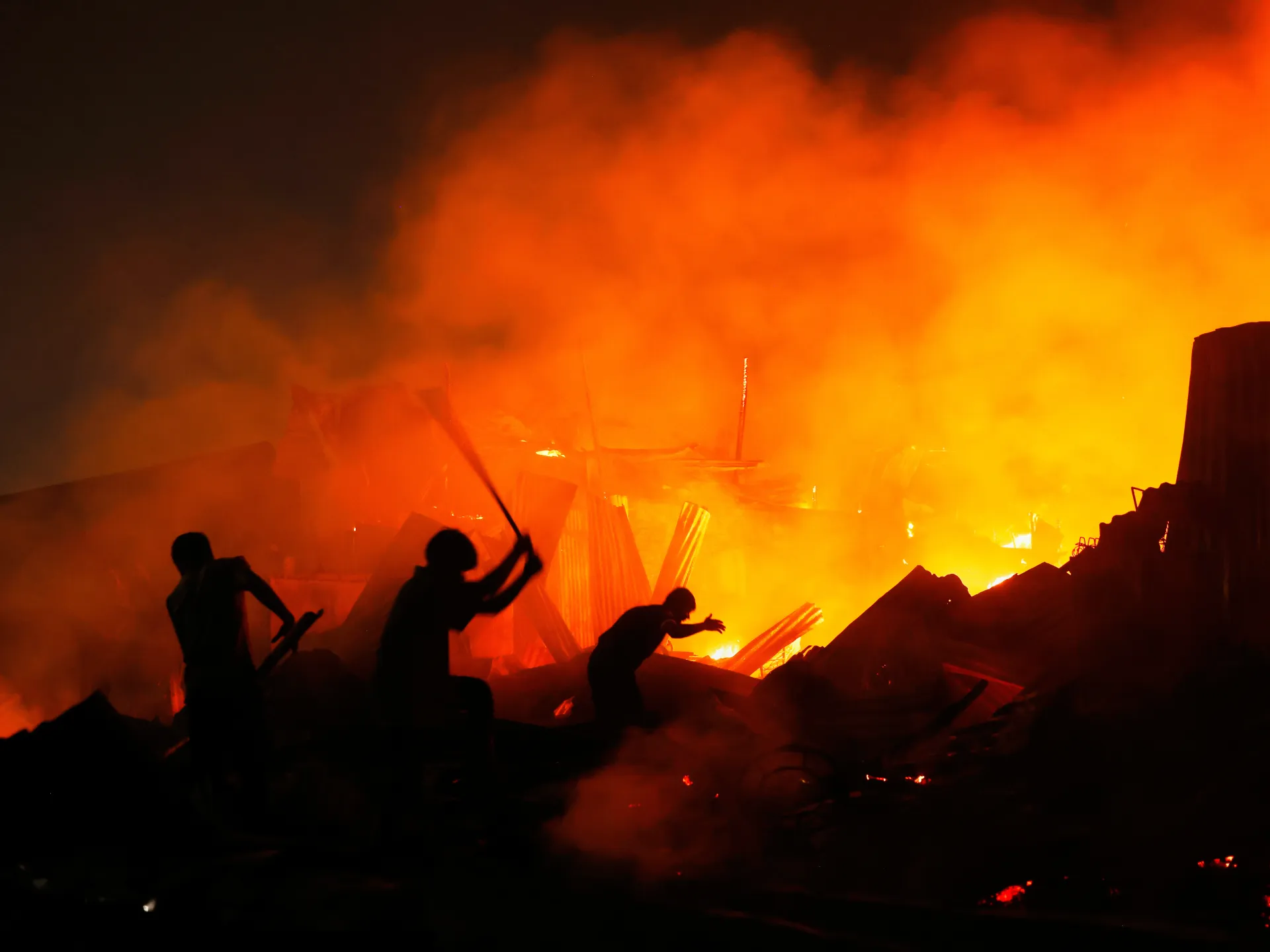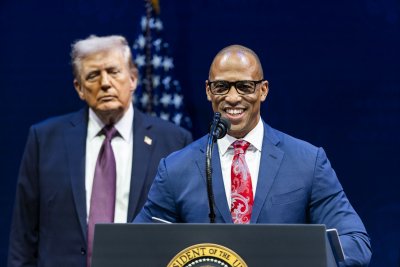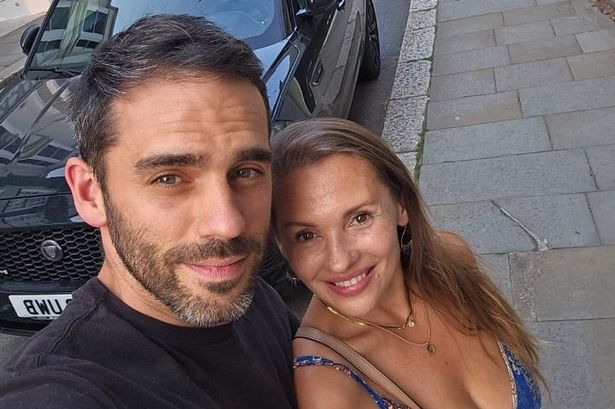Anya Garnis, who shares two young children with her husband Sunna Van Kampen, recently tried to rent a property in Devon, but she was rejected from doing so because of a Home Office blunder
Former Strictly star Anya Garnis fears she may be left homeless after a Home Office blunder rejected her right to live in Britain.
The Russian-born Latin dancer started dancing at the age of 10 and began competing professionally with her dance partner, Strictly’s Pasha Kovalev, in 1998. The pair moved to the US in 2001 to start her professional dancing career.
They reached the final of the US Open Ballroom Championship on a number of occasions and have also appeared in US series So You Think You Can Dance. Anya, who is a US citizen, has performed at the Emmys and the Oscars and even headlined the Broadway show Burn The Floor.
READ MORE: Dad whose son left school due to bullies has now been threatened with fines
READ MORE: Man falls into city centre river sparking huge emergency response
The 43-year-old, who shares two young children with her husband Sunna Van Kampen, recently tried to rent a property in Totnes, Devon, but she was rejected from doing so because of a Home Office blunder.
Baffled by the situation Anya investigated and discovered the Home Office’s landlord checking system suggested she did not have permission to live in the country, despite being here since 2013.
The Home Office said her application for leave to remain may have been lost – rendering her ‘illegal’. Speaking to the MailOnline she said: “I was absolutely shocked and devastated. We have to leave the place we’re living now in a couple of weeks, but have been told we can’t rent or buy anywhere else.
“In effect, this will leave us homeless in Britain. If we leave the country, my visa application will be dismissed entirely, but we may have no choice.”
Anya came to the UK on a temporary UK visa in 2013 to work for Strictly. She married Mr Van Kampen in 2017 and they later had two children, now aged three and one.
Since 2013 Anya has lived in the UK on rolling temporary visas without any major issues until she applied to renew her permission last September.
After applying she heard nothing for months so chased her application up on the Home Office website which suggested her application was being processed. When she tried to call, they told her they couldn’t discuss individual cases on the phone.
Home Office guidelines state that applicants have automatic leave to remain while their applications are being processed, so she thought nothing of it. After applying again she was shocked to still be turned down by the LCS.
She said: “I can’t buy or rent a property, but I also can’t leave the country while I’m waiting for a decision. I know highly skilled Americans who have been forced to give up on a life in Britain and move back home because of this catch.”
The Home Office said it would not comment on an individual case.
Like this story? For more of the latest showbiz news and gossip, follow Mirror Celebs on TikTok, Snapchat, Instagram, Twitter, Facebook, YouTube and Threads.






